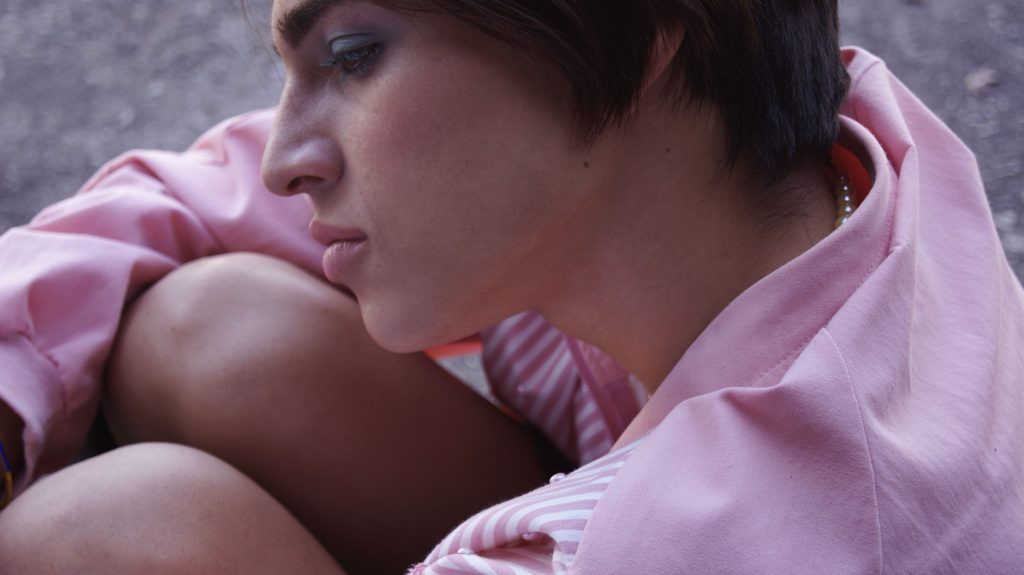How does the fashion trend towards androgyny parallel the prevalence of burgeoning LGBTQIA rights?

by Madeline Lenahan
Since humanity’s inception we have been defining ourselves and our perceptions of others based on appearance. Self-tailoring is perhaps the greatest form of self-expression, and thereby a medium for self-ownership. En masse, it’s perhaps even the greatest non-lethal weapon for a modern war against ignorance and prejudice. Who owns your body, gender and sexuality? You, of course. Regrettably, there are still many who have not yet figured that out and choose to ignore or reject these possibilities.
Blurring the lines between gender roles through clothing, hair and makeup may be en vogue, but it’s also a burning bra for contemporary politics. As awareness, sensitivity and recognition of LGBTQIA rights and womens’ rights increases, so can fashion morph to accommodate. This is arguably a corporate scheme to flush retailers and ateliers, but is it also unquestionably an invaluable tool for social change.

Take the Milk cosmetics advertising campaign for their holographic cream highlight stick, “Supernova.” This is no doubt a beautiful product, enticing even the most modest makeup users to cover themselves in what looks like lavender liquid stardust, (not to mention it’s vegan and cruelty-free). However, it was not the makeup itself that struck me, it was the marketing. We are all sadly accustomed to seeing the faces and bodies of young women as marketing objects, in fact this level of inundation is so enormous we rarely even think twice about it. Yet Milk’s display sports several men – including trans men – shamelessly and tastefully done up with holographic highlighter and more. The photography, lighting and styling was all beautifully done, and from the perspective of a visual artist and a consumer of cosmetics, it looks great.
So why can’t anyone select particular qualities of both genders on any given day? People struggle with change, especially when it affronts their deep-rooted religious and political beliefs. When you give people the power to dress themselves, define themselves and therefore own themselves, you disquiet the patterns of interpersonal interaction that have existed for ages. You rip away all the labels people have created for others so that they can feel more comfortable with themselves. You spurn the very archaic inflexibility to change that has propagated rape culture, transphobia, homophobia, hyper-masculinity and misogyny. You provoke human evolution by challenging our present state of being.
If setting fire to one’s lingerie wasn’t enough of a rally for social and sexual freedom, we’ll just have to keep trying, and try harder. Let men wear makeup. Let women stop shaving. Let people choose to be masculine, feminine, both or neither. Let’s see if looks can kill outdated social stigma.
[slideshow_deploy id=’28025’]





















